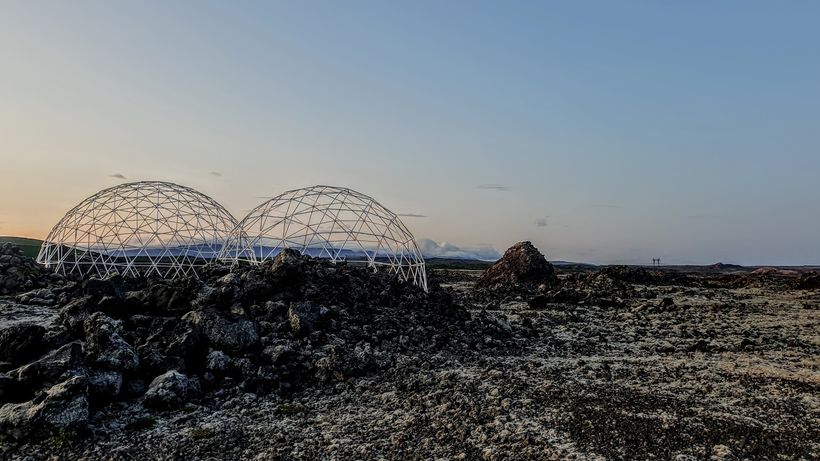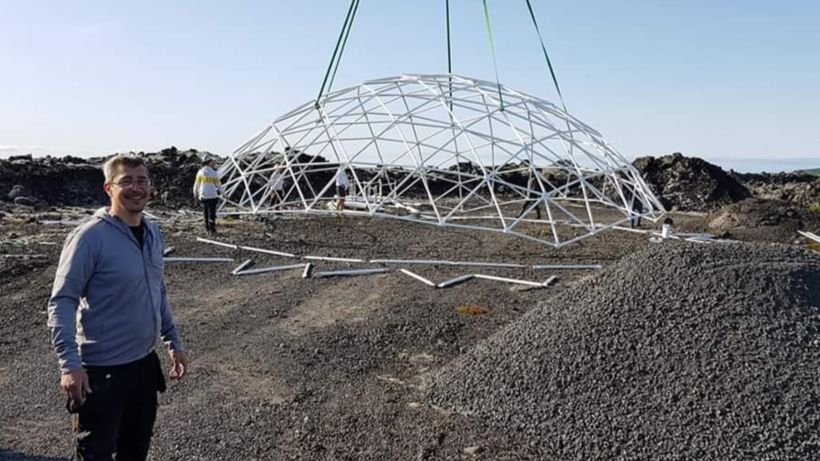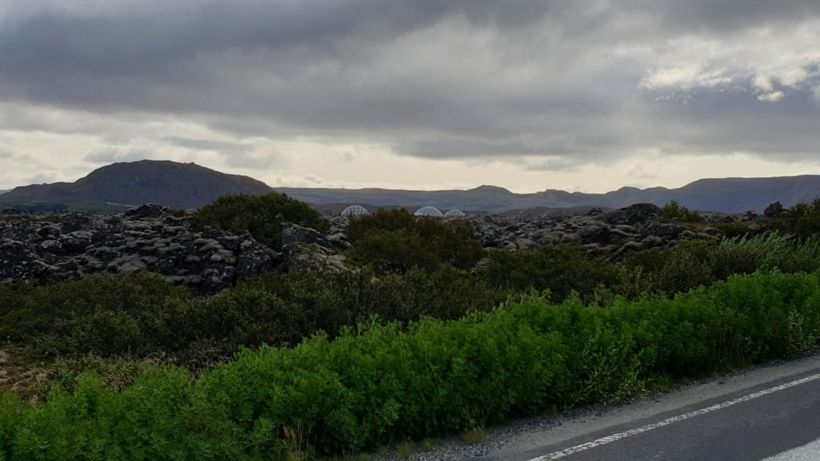Simulating Northern Lights for Tourists
Aurora Basecamp, a new northern lights center, is under construction outside the town of Hafnarfjörður, south of Reykjavík, mbl.is reports. The project is organized by the travel service company Basecamp Iceland.
“First and foremost, this is about guiding people who are chasing the northern lights,” Kormákur Hermannsson, one of the people behind the project, explains.
The center is located near the intersection of Bláfjallavegur and Krísuvíkurvegur. It’s intended for tourists who are traveling on their own, as well as for groups traveling with a guide.
Guests will be offered education about the northern lights and a chance to observe a miniature version of them indoors, created in special glass tubes, measuring 10x160 cm, which the company has been developing in recent years. These are six glass cylinders, manufactured in the US in cooperation with Basecamp Iceland, which has applied for a patent for the invention.
“We’ve been developing this solution – a plasma tube, which we fill with gas and vacuumize to simulate conditions in the celestial sphere,” Kormákur states. Inside the tubes, there are electrodes, he explains.
Three steel frames, shaped like igloos, have already been erected. As soon as weather permits, they will be lined.
Kormákur describes the area as ideal for watching the northern lights, for it is far enough away from town not to be affected by light pollution. Here, travelers can obtain information, have shelter from the cold, and have access to restrooms.
The idea for the center was borne two years ago, when tourists increasingly began chasing the northern lights on their own, in rental cars. “We know pretty well what people are looking for,” states Kormákur. “First and foremost, they want to avoid being cold; they want to have access to a restroom, and they want to see the northern lights. We believe that here, we’ll be meeting that need, to some extent.”
Update:
The article has been corrected. A previous version used the word “imitate” instead of “simulate” to describe the process used. A better way to describe the process used in the tubes is “real time simulation.”
Information from satellites regarding solar winds is represented in plasma lamps, designed to simulate conditions 100 km above the earth.










